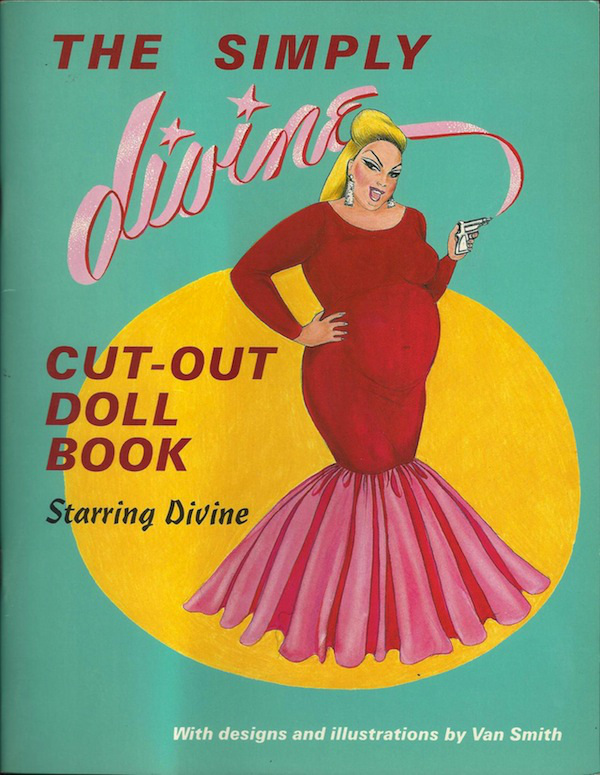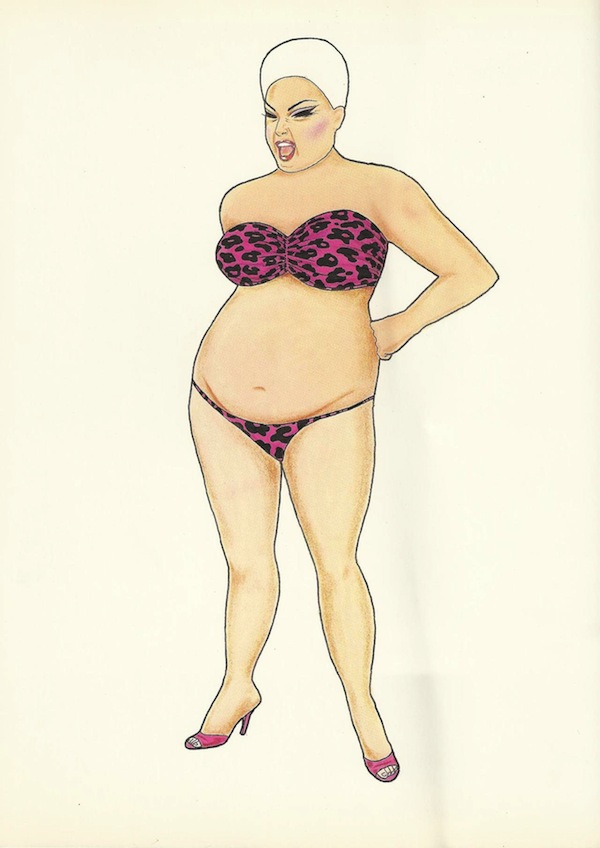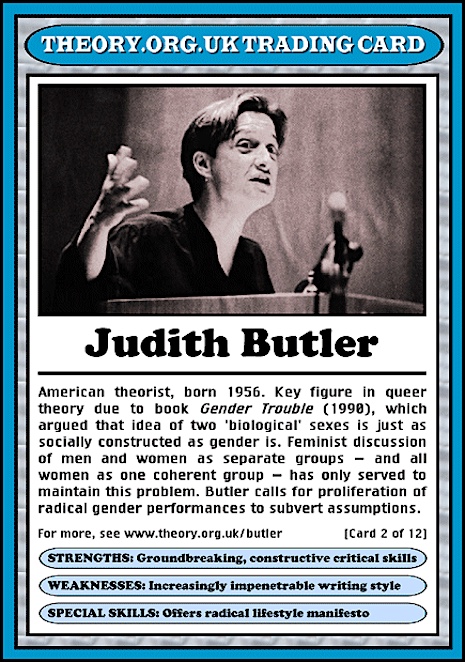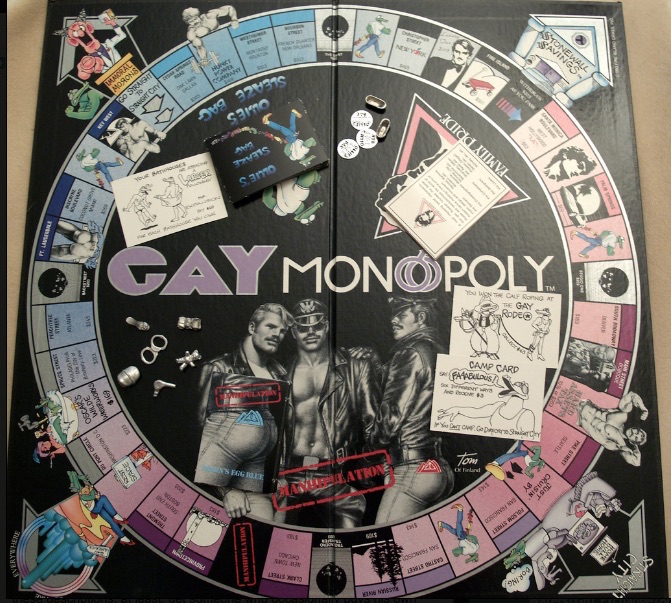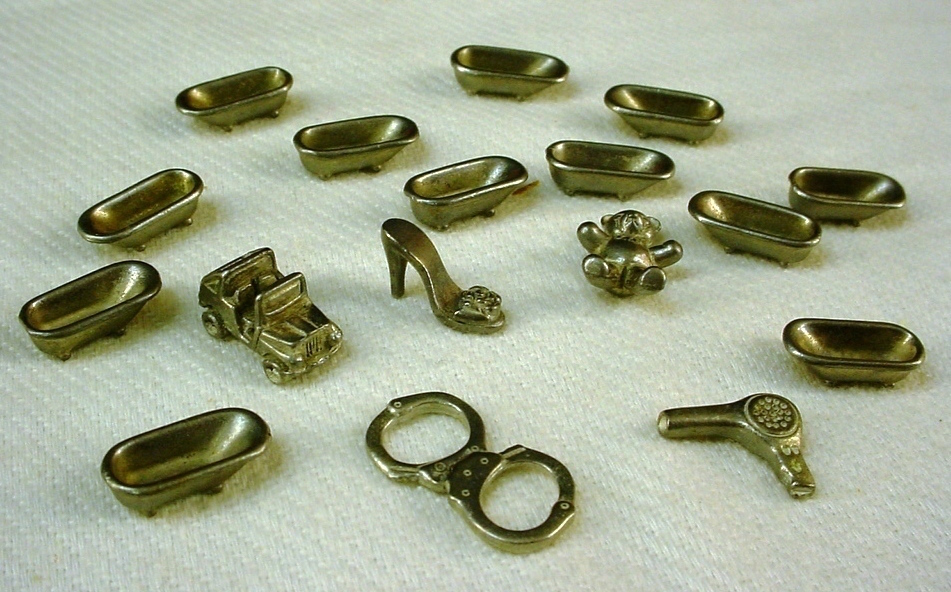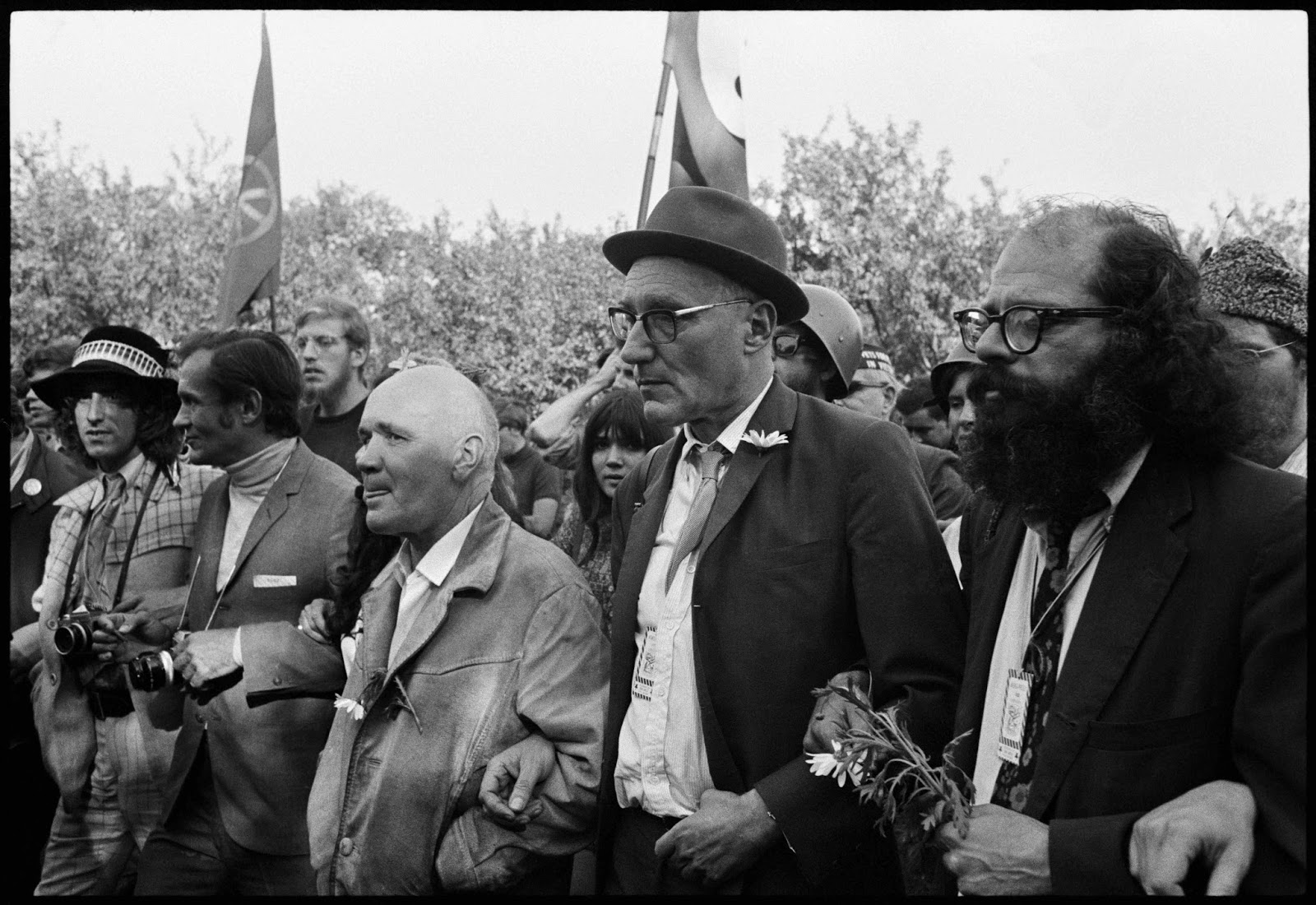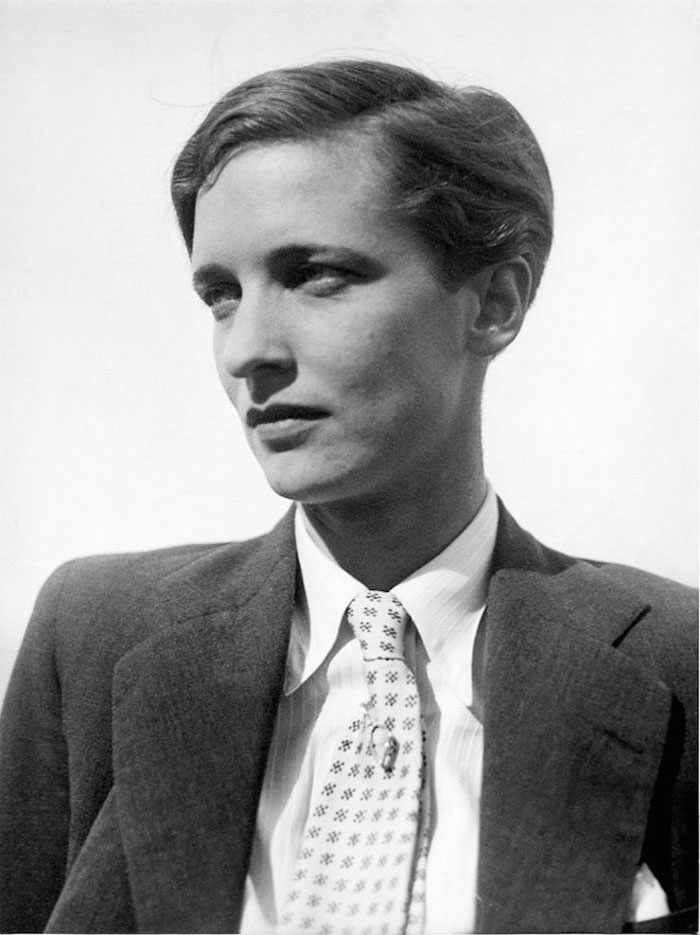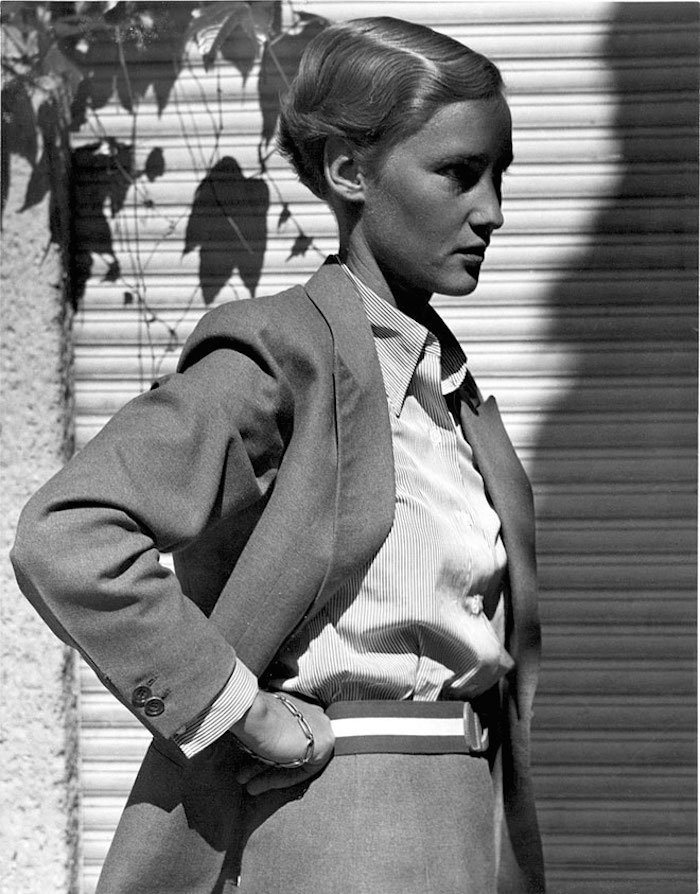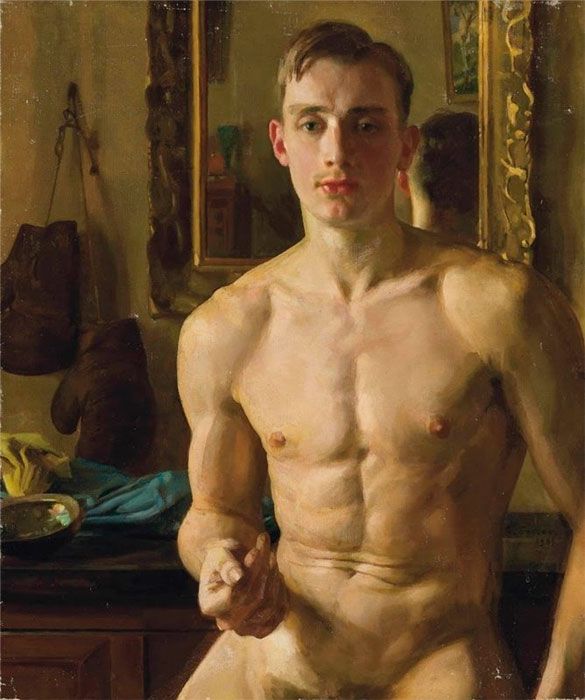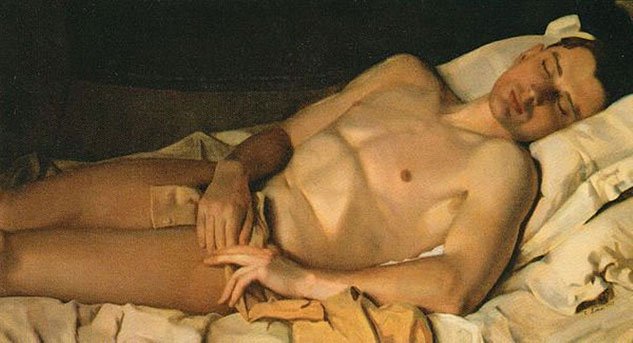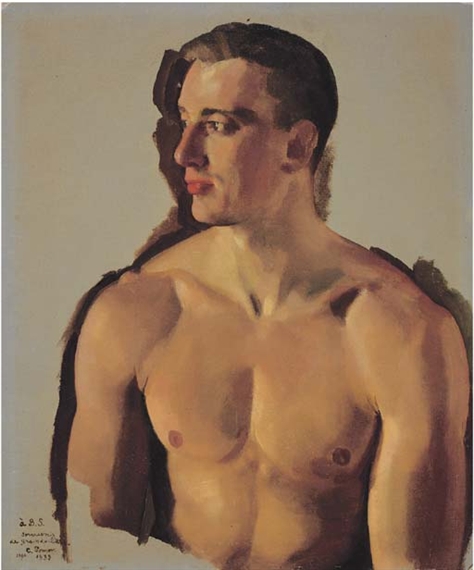
The many roads that led to the happening that was to be referred to as “punk” are varied and often way more interesting than punk itself. It’s still a wonder to me to see the various ways so many very opposed situations all wound up in one place, at one time. In other words, to skew a quote from the the old TV show Naked City “There are eight million stories in punk city. This is one of them.”
My personal introduction to Black Randy was when I arrived (by bus!) in Los Angeles from New York with some friends and bandmates to visit our new found buddies who had come to New York six months before. We let them stay in our sorta squat (in actuality it was the storage space of the drummer of The Lovin’ Spoonful, who our friend babysat for!) and they said to come to LA. These new pals consisted of Brian Tristan (later to be known as Kid Congo Powers), Trixie Plunger, Mary Rat, Rod (from LA band The Mau Maus) and Hellin Killer. Lifelong friends, all. In LA we bounced between the three places most people in our circle did: The Screamers house (aka The Wilton Hilton, where Brian/Kid literally lived in a closet); The Canterbury on Cherokee, off Hollywood Boulevard, an entire apartment complex stuffed to the gills with punk rock kids in every room and across from infamous punk club The Masque; and Joan Jett’s house, then a looney bin party pad.

When entering the Canterbury I was warned by Screamers drummer KK Barrett about a guy named Black Randy who was crazy and to “definitely not shake his hand”! The next morning we went out and in the lobby of the Canterbury, on the huge maybe seven ft by eight ft art deco-ish mirror was a thick covering of human feces. THIS was a typical Black Randy gesture to humanity. I was then told that when he went to get assistance from the government due to his mental problems (SSI aka “crazy money”) he had his pockets stuffed with his poop and went in with his hands in his pockets and gratefully shook the worker’s hands when greeted…of course causing a mini riot at the welfare office and speeding up his paperwork just to get him the hell out of there! This is why you do not shake Black Randy’s hand. He was also known to poop in party hostesses’ purses and worse. His phony phone calls are legendary and can be heard here!
I then found out Black Randy had a band. This I had to see!
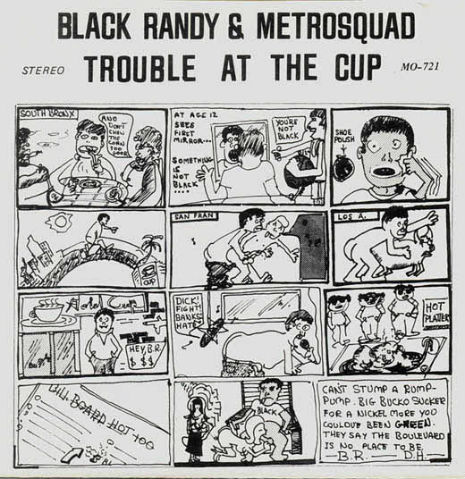
I saw Black Randy and The Metrosquad at the Masque. At his very first show there the first words out of his mouth were “I’m glad to see there aren’t any punks here tonight… because I HATE PUNK.” Being from New York it reminded me of James Chance and the Contortions. It had a similarly fast and funky element, but unlike Chance’s bands, the subject matter was scathing and funny with lots of gay, street and political references. Songs about Idi Amin, porno, fighting the police, narcs, sex and death. His backup singers—the Blackettes (think the the James Brown Revue on glue) were the scream of the then new crop of punque chicks including Exene Cervenka, Alice Bag, Lorna Doom, Belinda Carlisle, Jane Wiedlin and others.
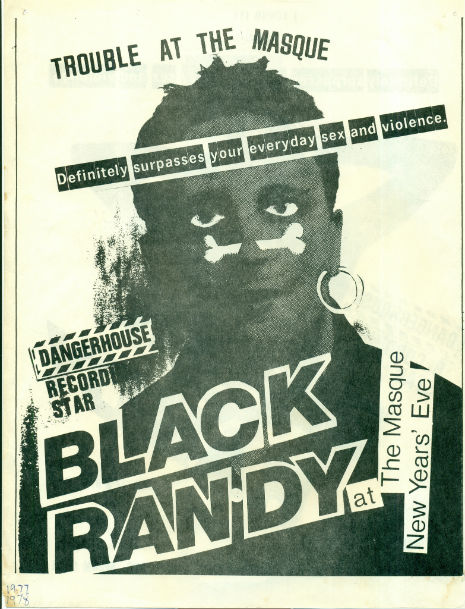
To quote Furious.com:
Black Randy and his Metrosquad were a supergroup of the Hollywood punk era: the lineup included members of the Randoms, Eyes and the Dils as well as one of the other founding partners of Dangerhouse, David Browne. Musically, they were nothing like the hard-fast-loud sound of punk- if anything they were a ‘60’s Soul/James Brown style funk/soul band that played rather fast. They also had echoes of early Blondie and the Who, with their tough and tight rock and roll. They were a funny band, a joke band in the sense that humor was key to understanding what they were about. The band’s’ music, with its circus-like Woolworth Doors organ vibe, played the collective straight man to Black Randy’s drunken, buffoonish, drawling, sneering voice. His voice is one of the few truly filthy voices I’ve ever heard in music—every word he says is dripping in self-hatred and general loathing, a venomous nicotine and beer-stained voice that’s just laughing. His voice is sleazy enough that you don’t just think that he just slept in a porn arcade (as the lyrics to his anthem “I Slept in an Arcade” discuss), you think he INHABITED it. The band was perfectly in sync with Black Randy, playing covers of “Shaft” and “Say It Loud (I’m Black and I’m Proud)” while he took aim at the songs, exaggerating the swaggering manhood of one and the simple-minded racial pride of the other to grotesque proportions.
Black Randy as a lyricist was a satirist who made everything he took aim at disgusting and outrageous, but still rooted in the real world. This is important, as many artists will take satire into fantasy (such as Eminem), making the situations so outlandish they become unreal. Almost all of Black Randy’s lyrics are internal narratives of a person’s feelings at a certain moment.

The other main member of The Metrosquad was David Brown who started the first and best Los Angeles punk label, Dangerhouse Records, who put out classic 45s by The Germs, Avengers, Dils, Eyes, X, Weirdos, Deadbeats and more. The only LP released on Dangerhouse was the incredibly titled Pass The Dust, I Think I’m Bowie by Black Randy and The Metrosquad. The reason to celebrate is that the LP has just been reissued by another classic early punk/post punk/hardcore label, Frontier Records (Suicidal Tendencies, Redd Kross, Christian Death, T.S.O.L., Circle Jerks, Long Ryders, Three O’Clock, Damned, Adolescents, etc.), helmed by founder Lisa Fancher and still going strong. It’s been a long time since this LP has been available on vinyl. Get it while you can here.
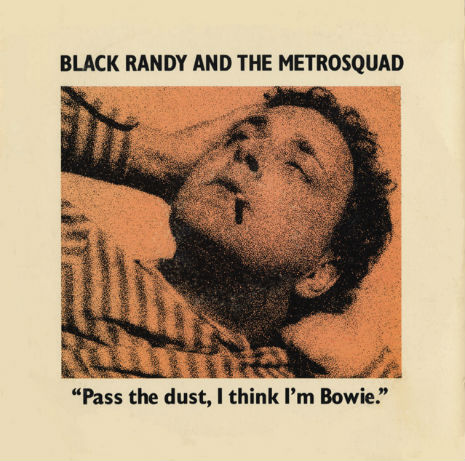
As an afterthought, I have a really interesting tidbit of info that no one knows: Black Randy had a long history, like so many of the older first wave punk rock innovators. He was a video tech in the earliest days of that field. He was friends with the guys who became LA synth cult icons The Screamers (Tomata Du Plenty and Tommy Gear) long before that when they were doing insane drag performances. I don’t mean Judy Garland impersonations, I mean more like terrorist performance art. In 1974 they had put a show together called Savage Voodoo Nuns which was booked into a new club in the worst neighborhood of lower Manhattan (The Bowery) called CBGB, by Ramones friend (and later their t-shirt designer and lighting director) the late Arturo Vega. Read a review of that show here. They also wanted bands on the bill so Arturo wrangled his friends The Ramones (their second show) and another new band on the scene called Blondie to play.
Continues after the jump…
